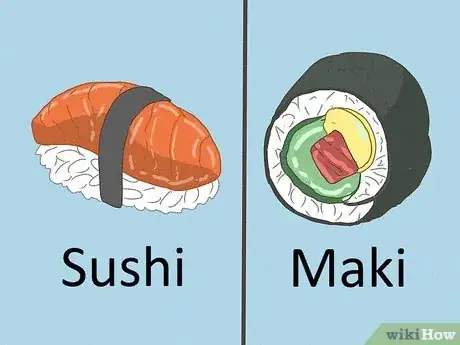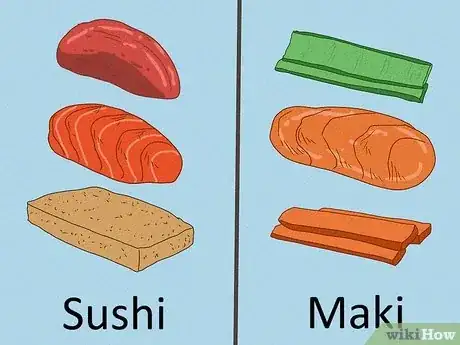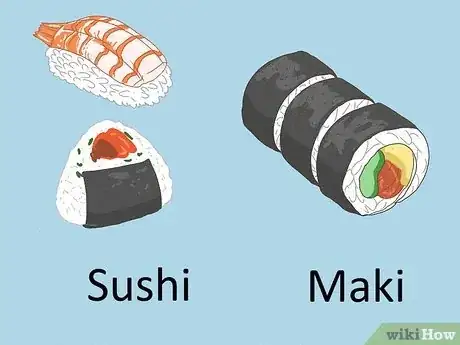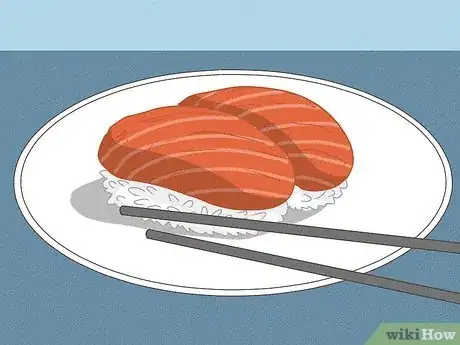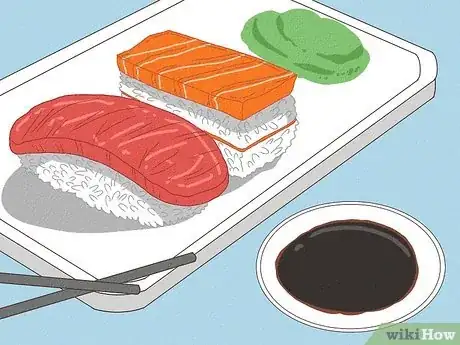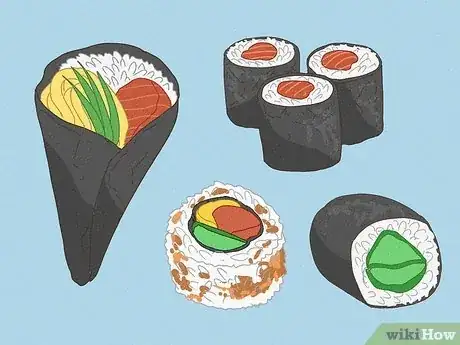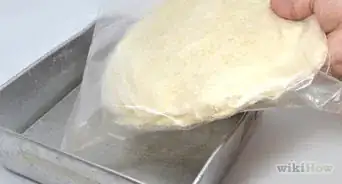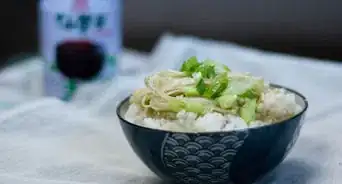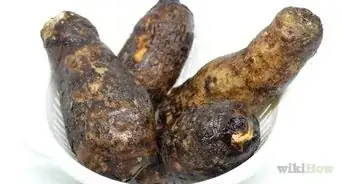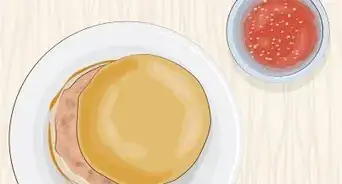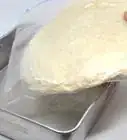This article was co-authored by wikiHow staff writer, Devin McSween. Devin McSween is a wikiHow Staff Writer. With a background in psychology, she has presented her research in social psychology at a variety of conferences and has contributed to several manuscripts for publication. At wikiHow, Devin combines her love of writing and research with the goal of bringing accessible information to wikiHow readers that will help them learn and grow. She earned her BS in Psychology from the College of Charleston.
There are 8 references cited in this article, which can be found at the bottom of the page.
Learn more...
You’re browsing the sushi menu at a new Japanese restaurant when you see both sushi and maki listed to order. If maki is on the menu with sushi, does that mean it’s the same as sushi? Sushi actually comes in lots of delicious types, with maki being one of them. In this article, we’ll tell you about the differences between maki and sushi so you know what to order the next time you’re craving sushi. Read on to learn more!
Things You Should Know
- Sushi is a popular Japanese dish that’s made with rice and sushi vinegar. Maki is a type of sushi that’s rolled with nori, or a sheet of seaweed.
- Maki is formed into a cylindrical roll and cut into bite-sized pieces, while sushi can come in many different shapes.
- Sushi was introduced in Japan in the 9th century. Some of the most popular types are nigiri, chirashi, inari, and oshizushi.
- Maki became popular in Japan in the 1800s. It comes in different types like temaki, hosomaki, and uramaki.
Steps
References
- ↑ https://www.japan-guide.com/e/e2038.html
- ↑ https://www.tablespoon.com/posts/know-your-sushi-types-and-terms-before-ordering
- ↑ https://www.thekitchn.com/what-exactly-is-sushi-103062
- ↑ https://www.masterclass.com/articles/hand-roll-vs-roll-sushi
- ↑ https://www.pbs.org/food/the-history-kitchen/history-of-sushi/
- ↑ https://sushiuniversity.jp/basicknowledge/types-of-sushi
- ↑ https://airkitchen.me/articles/sushi/4/
- ↑ https://chefswonderland.com/feature-article/what-is-maki-learn-japanese-through-japanese-cuisine-part-1/
